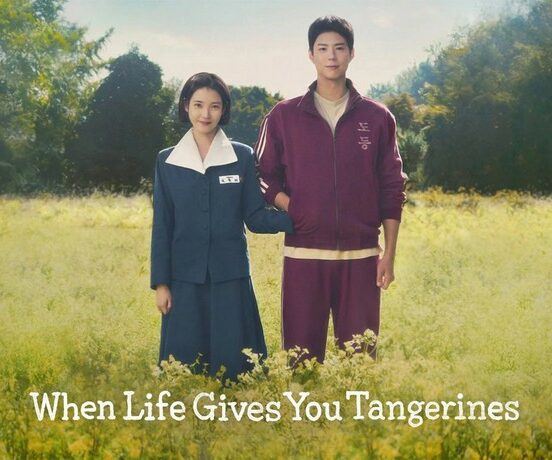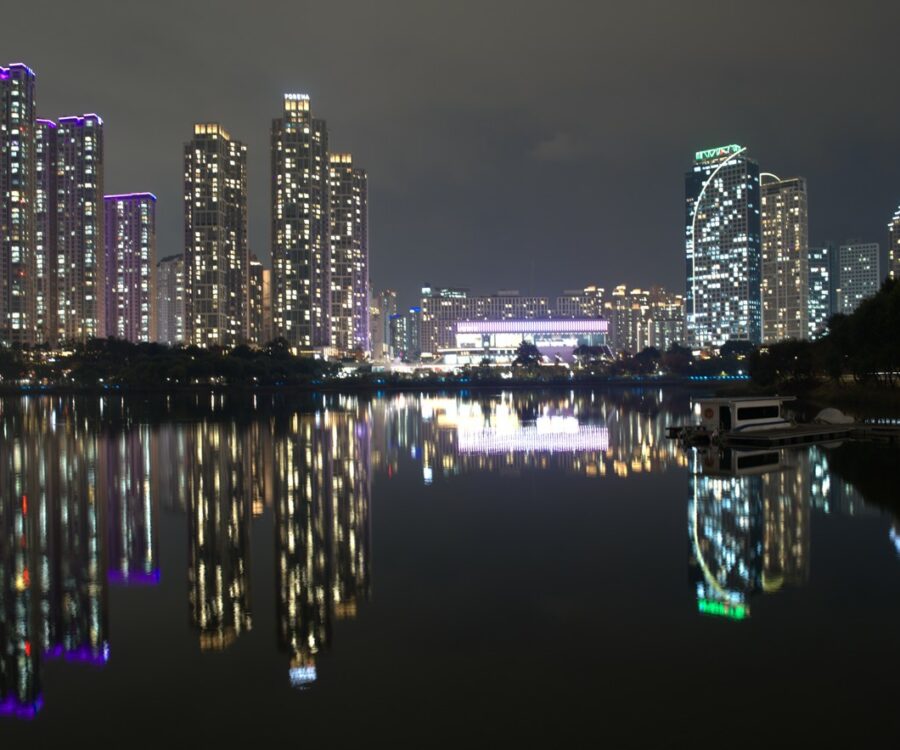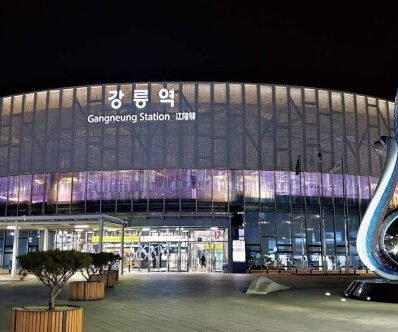Korea is a country with a rich and complex history that has made it a significant player on the world stage. Many of the historical sites in Korea are of great historical significance and are recognized as such by the United Nations Educational, Scientific and Cultural Organization (UNESCO) which makes them one the most popular tourist destinations.
Visiting historical sites in general has a number of benefits: not only you can have a deeper understanding of the world and increased knowledge of the past and its connection to today’s world, but also honor the past and pay tribute to the people who lived at that time, to ensure that their experiences are recognized. Many tourists who visit Korea are in particular drawn to the dark tourist places associated with tragic historical events since it is well known, Korea has a long painful marked by war, colonization, and conflict followed by division. Such places include battlefields, disaster zones, and sites of mass killings. In Korea, there are several dark tourism sites where you can learn about some of its most painful historical events.
Demilitarized Zone (DMZ):
DMZ is a heavily guarded strip of land separating North and South Korea, the DMZ offers a glimpse into the tensions between the two countries. At just over four miles wide and 155 miles long, it is considered one of the most heavily militarized borders and one of the most dangerous places in the world, as the area is filled with landmines. The DMZ was established at the end of the Korean War in 1953 to separate the two nations and reduce the likelihood of conflict. Despite the ongoing tensions between North and South Korea, the DMZ has become a symbol of hope for reunification, with both sides working towards peaceful resolution and cooperation. Nowadays DMZ is also a popular tourist destination for those interested in exploring the region’s unique history and the ongoing efforts to achieve peace on the Korean peninsula. If you’re willing to visit DMZ, you can choose from a wide variety of tours offered by different agencies.

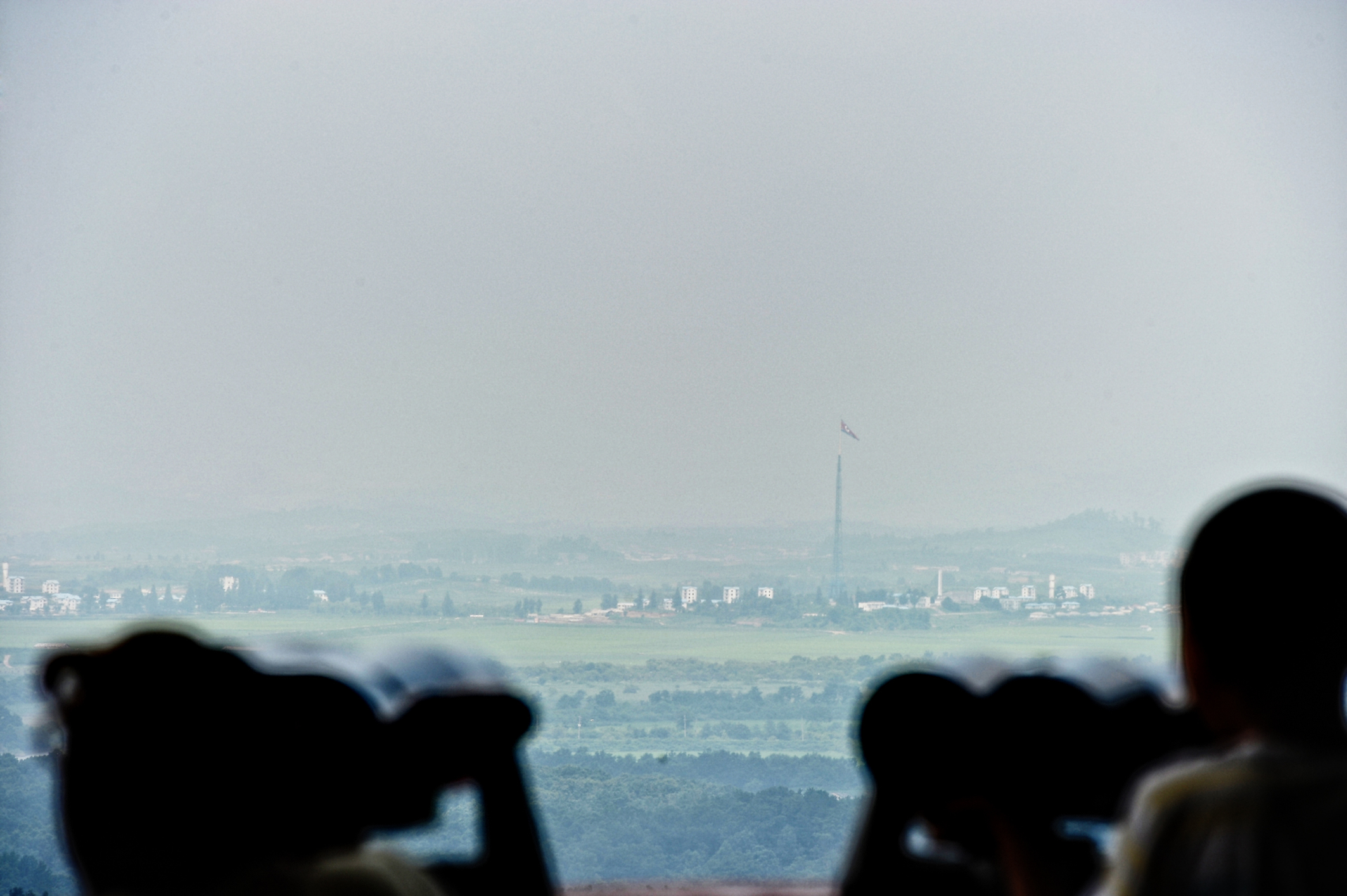
Seodaemun Prison History Hall
A former prison in Seoul, Seodaemun Prison History Hall was used during the Japanese colonial period and the Korean War to detain and torture political prisoners and those who were seen as threats to the ruling government.
During its time as a prison, it was known for its brutal treatment of inmates who were also subjected to inhumane conditions, and summary execution.
Today, the site serves as a museum and memorial to the victims of the prison and to the broader struggle for democracy in Korea. Visitors can learn about the history of the prison and the experiences of its prisoners through exhibits, displays, and interactive media. The site is a powerful reminder of the importance of protecting human rights and freedom and serves as a testament to the courage and resilience of the Korean people in the face of oppression.


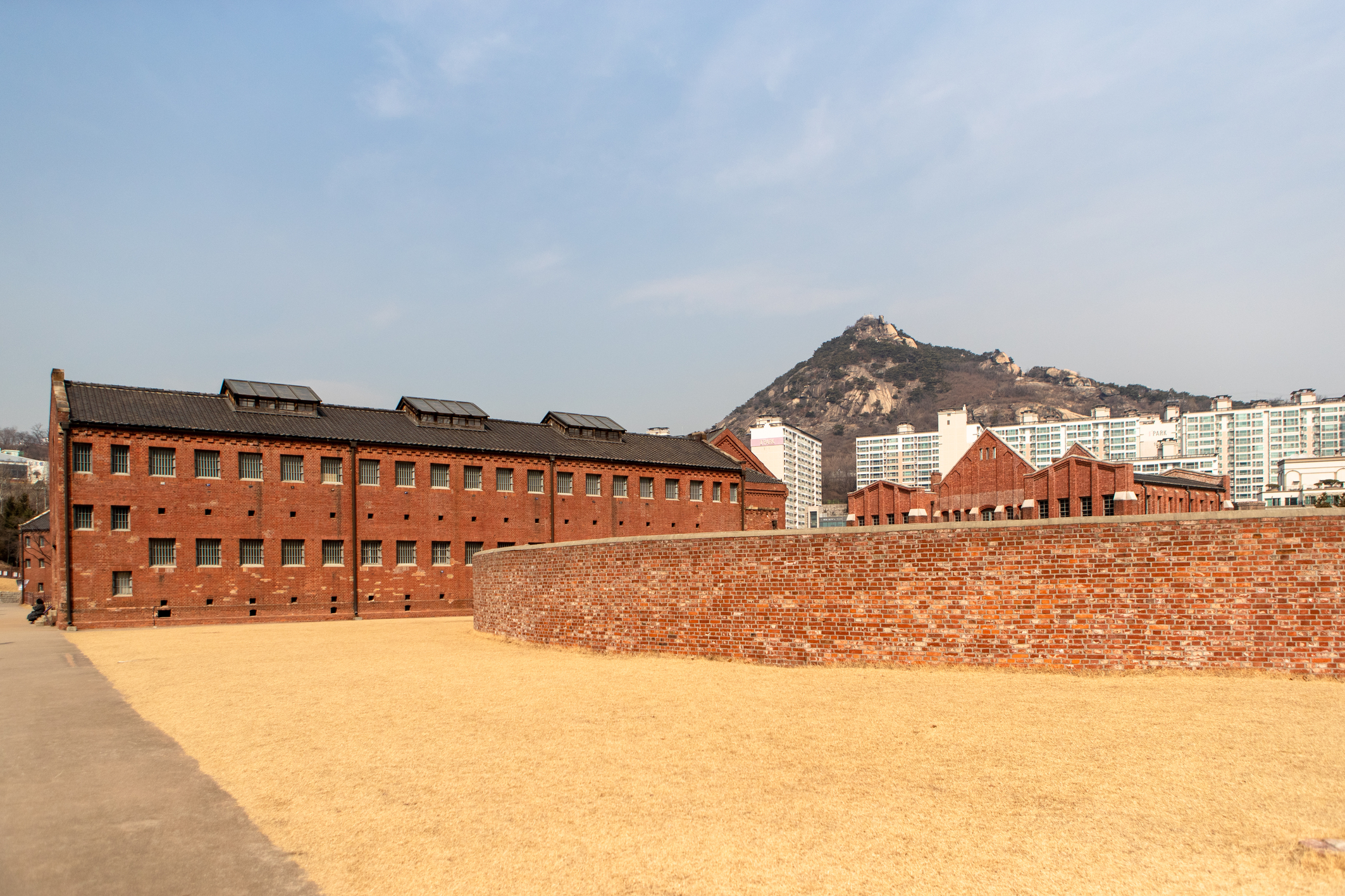
Address: Seodaemun-gu Tongil-ro 251, Seoul
Website: https://sphh.sscmc.or.kr/
Jeju April 3rd Peace Park
This park commemorates the 1948 massacre of civilians on the island of Jeju by the South Korean government.
The Jeju April 3rd Peace Park is a memorial park located on the island of Jeju, South Korea. It is dedicated to the memory of the victims of the Jeju Uprising, a tragic event that took place in 1948 and resulted in the deaths of thousands of Jeju residents. The uprising was sparked by political tensions and the struggle for independence, and it quickly escalated into a brutal conflict that left a deep impact on the people of Jeju.
Nowadays the park serves as a testament to the memory of the victims of the Jeju Uprising and as a symbol of the island’s commitment to peace and reconciliation. Visitors can learn about the history of the Jeju Uprising and the efforts of the local community to heal from the wounds of the past. The park is a place of reflection and commemoration, where visitors can pay their respects to the victims of the tragedy. The Jeju April 3rd Peace Park is an important stop for those interested in exploring the history of South Korea and the efforts to achieve peace and unity on the Korean peninsula.


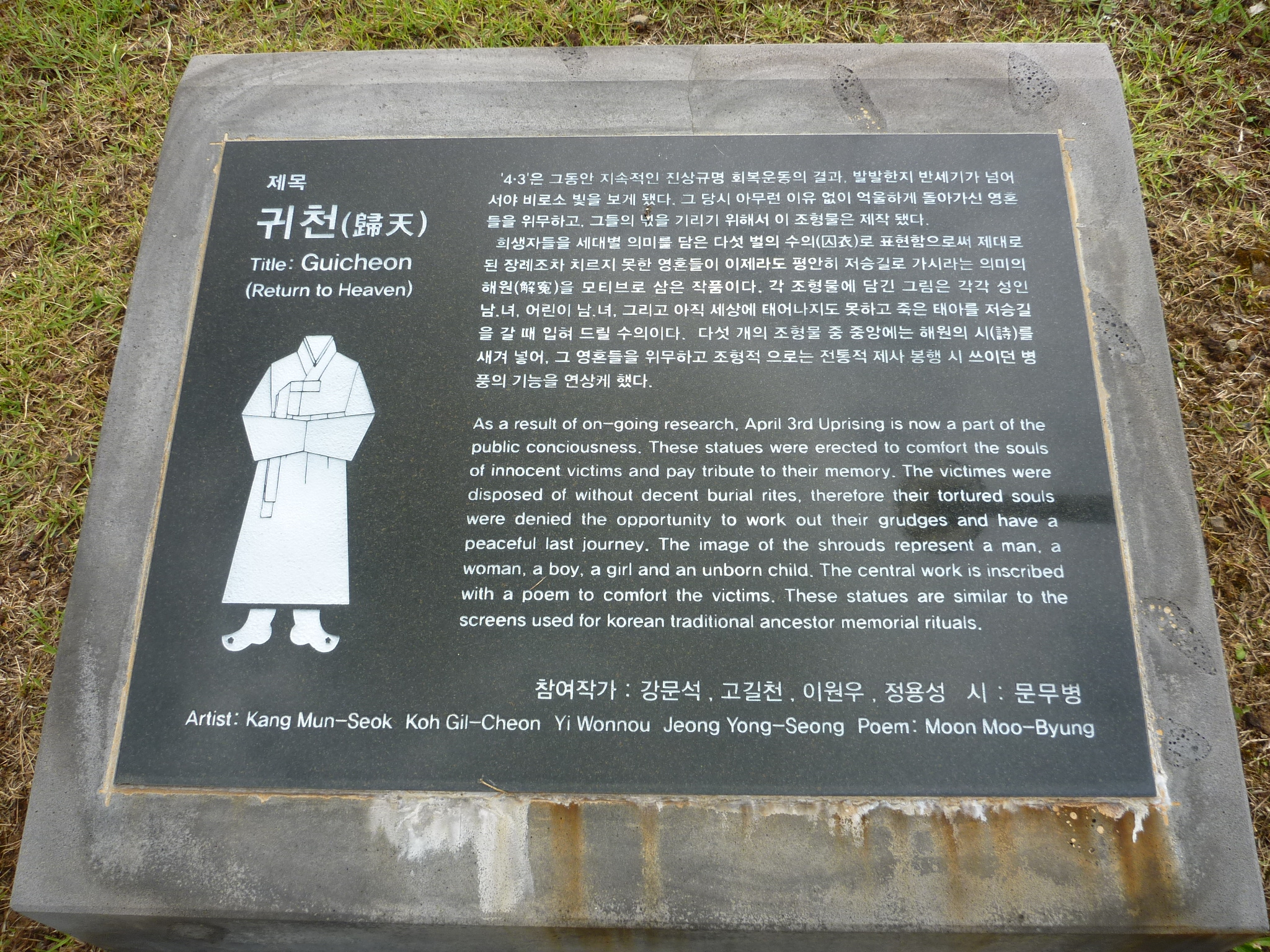
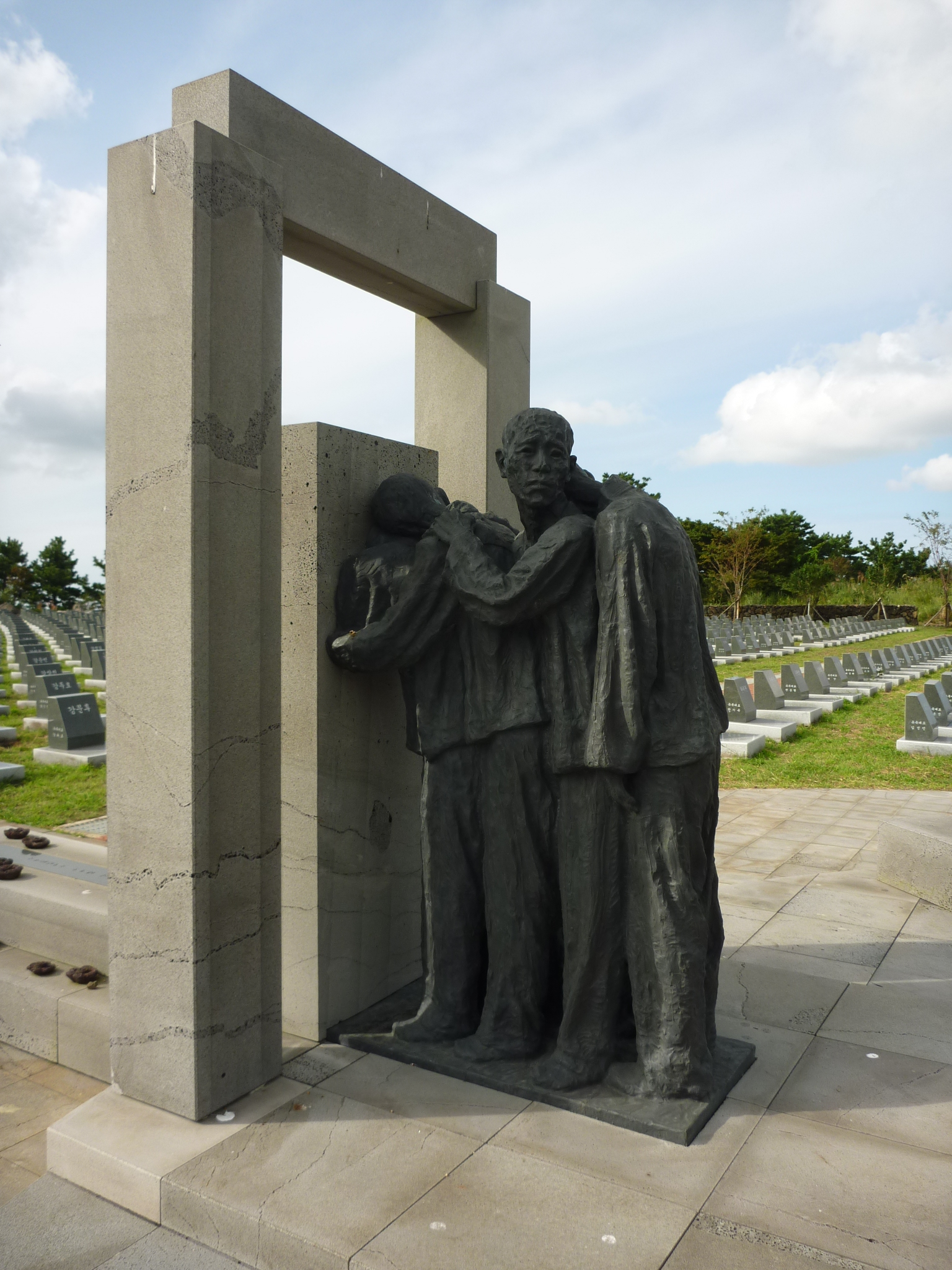

Address: 430, Myeongnim-ro, Jeju-si, Jeju-do
Website: https://jeju43peace.or.kr/
These sites offer a glimpse into the darker aspects of Korean history and are often visited by those interested in learning more about the country’s past. Be mindful that when visiting. it’s important to approach dark tourism sites with sensitivity and respect for the people who lived through the events being commemorated.
Other than historical sites, Jeju has a wide range of activities to offer to its visitors which we divided into the categories: culture and nature.

